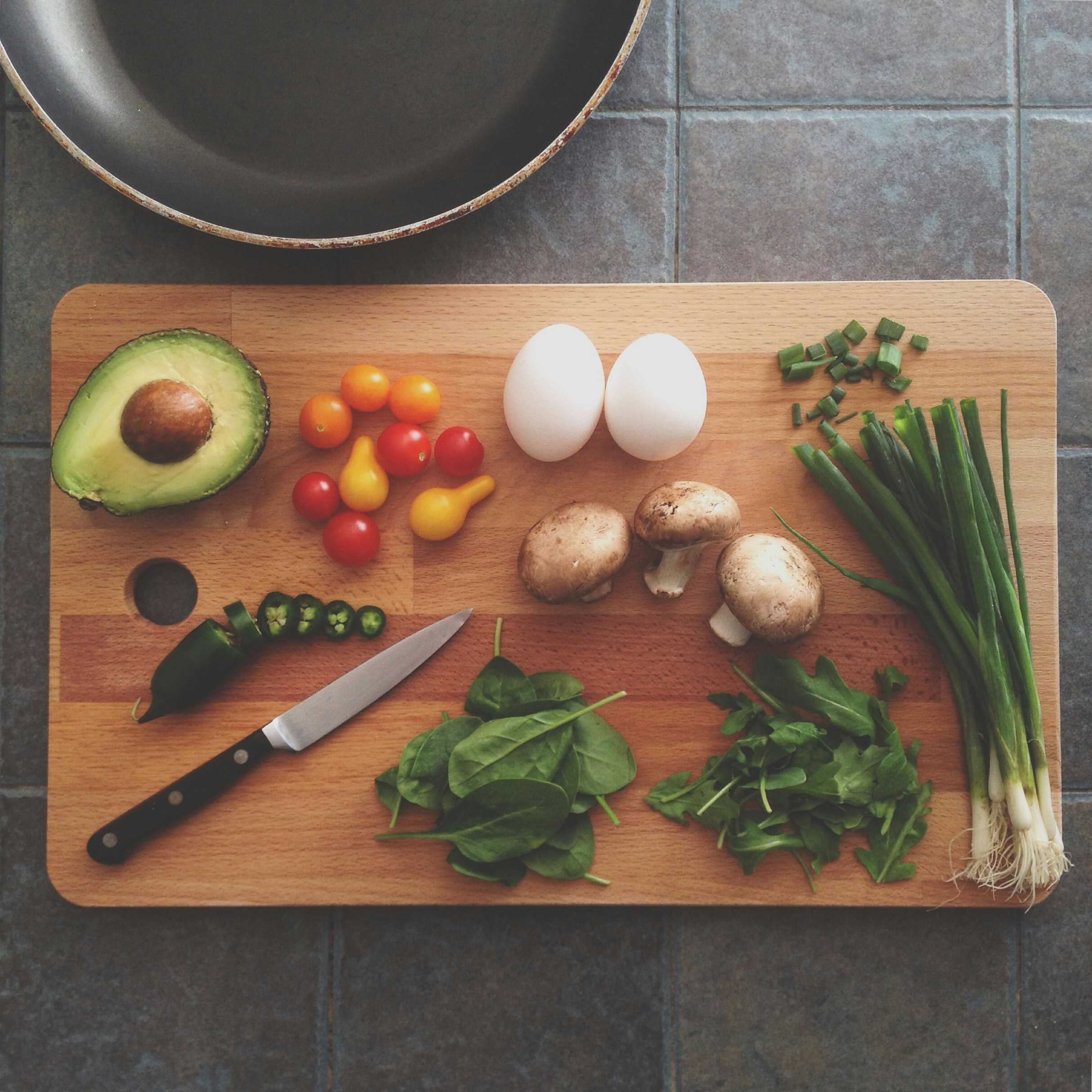Have you ever wondered how the food you love might be affecting your body? If you’re trying to manage oxalate intake, understanding certain cooking techniques can make your meals not only healthier but also delicious. Oxalates are compounds found naturally in many foods, and for some people, consuming them can lead to health issues like kidney stones. The good news is that simple adjustments in how you prepare your meals can significantly reduce oxalate levels.

Understanding Oxalates
What are Oxalates?
Oxalates, also known as oxalic acid, are naturally occurring compounds found in plants. They can bind to minerals, forming compounds like calcium oxalate and iron oxalate. While they serve protective roles in plants, in humans, an excess intake can lead to complications, the most common being the formation of kidney stones.
How Do Oxalates Affect Your Health?
In moderation, oxalates are generally harmless for most people. However, individuals prone to kidney stones or suffering from oxalate-sensitive conditions may need to limit their intake. When oxalates bind with minerals like calcium, they form crystals that can accumulate and lead to kidney stones or interfere with mineral absorption, causing deficiencies.
Foods High in Oxalates
Some foods are naturally high in oxalates. These include spinach, beets, nuts, chocolate, sweet potatoes, and certain beans and grains. It’s important to know this because altering how these foods are cooked can lower oxalate levels, making them safer for those who need to monitor their intake.
Cooking Techniques to Reduce Oxalates
Boiling
Boiling is an effective method for reducing oxalate content in vegetables. When you boil foods, oxalates can leach into the water, significantly reducing their levels.
Steps to Reduce Oxalates by Boiling:
- Prepare a large pot of water: Ensure you have enough water that allows the vegetables to move freely.
- Bring to a rapid boil: A rolling boil helps break down and remove oxalates more effectively.
- Add vegetables: Add your vegetables and continue boiling.
- Test for doneness: Once cooked, drain the water immediately.
Steaming
Steaming is less effective than boiling in reducing oxalates but is still beneficial. Steaming preserves more nutrients than boiling, striking a balance between reducing oxalates and maintaining nutrition.
- Use a steaming basket: Place your vegetables in a basket that sits above boiling water.
- Cover tightly: Use a lid to trap steam within the pot.
- Steam until tender: Check periodically to ensure the vegetables reach the desired tenderness.
Baking and Roasting
Baking and roasting do not reduce oxalates as effectively as boiling or steaming. However, they are useful for preparing foods in smaller pieces, which can slightly lower oxalate levels and enhance flavor through the Maillard reaction.
- Chop vegetables into smaller pieces: This can aid in reducing oxalates slightly.
- Use high heat: The process helps to break down some oxalates while enhancing taste.
- Monitor cooking time: Ensure vegetables are baked or roasted until soft.
Fermentation
Fermentation doesn’t significantly reduce oxalates, but it introduces beneficial probiotics, enhancing gut health.
Steps for Fermenting Vegetables:
- Clean and chop vegetables, such as cabbage or carrots.
- Mix with salt: Salt helps to draw out water from the vegetables, starting the fermentation.
- Pack tightly into jars: Ensure no air gaps to avoid the growth of undesirable bacteria.
- Store at room temperature: Allow fermentation to occur naturally over several days.
Combining Methods
Combining cooking techniques, such as boiling followed by roasting, can maximize oxalate reduction while maintaining flavor. For instance, boil your spinach to reduce oxalates significantly and then flash-roast it in the oven for added texture.
Additional Tips for Reducing Oxalates
Soaking Legumes and Grains
Soaking legumes and certain grains overnight can help to break down oxalates as well as other anti-nutrients like phytic acid. Here’s how you can do it:
- Choose your grains or legumes.
- Rinse thoroughly to remove dust or dirt.
- Soak overnight: Use enough water to cover them completely.
- Rinse again: Before cooking, rinse to wash away dissolved oxalates.
Stay Hydrated
Maintaining hydration is crucial for those sensitive to oxalates. Drinking plenty of water helps to dilute oxalate levels in the body, preventing crystal formation. Aim for at least 8 glasses of water a day.
Balance with Calcium-Rich Foods
Consuming calcium-rich foods alongside oxalate-rich foods can prevent oxalates from binding in the kidneys, where they could form stones. Foods like dairy, tofu, and leafy greens can be great options.

Sample Low-Oxalate Meal Plan
Planning meals can sometimes be challenging when trying to reduce oxalates. Here is a simple meal plan idea to get you started:
| Meal | Dish | Ingredients |
|---|---|---|
| Breakfast | Scrambled Eggs | Eggs, chives, low-sodium cheese, and a side of sautéed mushrooms |
| Lunch | Grilled Chicken Salad | Grilled chicken, arugula, sliced almonds, and olive oil lemon dressing |
| Dinner | Baked Fish with Asparagus | White fish fillet, steamed asparagus, and boiled potatoes with a squeeze of lemon |
| Snack | Greek Yogurt with Berries | Plain Greek yogurt with fresh strawberries or blueberries |

Summary and Encouragement
Navigating the landscape of oxalates doesn’t have to be daunting or overwhelming. By utilizing simple cooking techniques like boiling, steaming, and soaking, you can significantly reduce oxalate levels in your meals. Combining these methods with a thoughtful balance of calcium intake and hydration can help you effectively manage your oxalate intake without sacrificing flavor or variety in your diet.
Remember, small changes in how you prepare food can make a big difference in how you feel. Whether it’s boiling your spinach, soaking your legumes, or adding a touch of creativity to your meal plan, these techniques will aid you in maintaining a low-oxalate diet. Keep experimenting, enjoy your food, and take control of your health journey one meal at a time.



